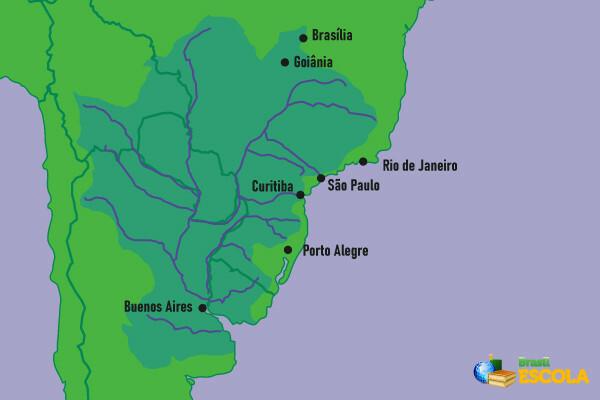Afghanistan is an Asian country, its territory is located in the center of this continent. It borders Turkmenistan, Uzbekistan, Tajikistan, China, Pakistan and Iran.
Since antiquity, Afghanistan has been the object of invasions and conquests. This fact occurs due to its privileged geographic location, as it is a strategic point for relationships and a key strategic area for dominating India or establishing domination in Asia Central
The area that corresponds to the Afghan territory has records of occupation for over 2500 years. The region was occupied by the Persian Empire around 500 years BC. C., however, after a century, Alexander the Great, through his troops, invaded that territory and founded the city of Alexandropolis.
In century II a. C., peoples of Celtic origin created the Kushana Empire, mainly responsible for the spread of Buddhism and for its insertion in China. However, the region was definitively integrated into the Persian Empire in the 3rd century d. C., in this period began the Islamic influence, the predominant religion in the country today.
The Mongolian peoples dominated this territory between the 12th and 16th centuries. In 1747, the monarch Ahmad Shah Durrani unified the region and soon thereafter consolidated Afghanistan as a State - Nation. In 1887, through an agreement between England and Russia, it was established that Afghanistan would be an area of English influence, the regime monarch in the region would be under the tutelage of England, this process lasted until 1919, when Afghanistan finally conquered its independence.
However, the country is still the target of invasions, in 1979, the Soviets invaded Afghanistan and consolidated Babrak Karmal in power, adopting the communist system. Soviet domination lasted ten years, and only came to an end when the Sunni fundamentalist group, called Taliban (plural of talib, meaning student), took power in the country between 1996 and 1998.
The country suffered another invasion, this time an international alliance - led by the United States of America - invaded Afghanistan after the terrorist attacks that occurred on September 11, 2001.
Bin Laden and Al Qaeda are accused of being responsible for the terrorist attacks in the United States. After clashes, around 500 Taliban fighters and al-Qaeda fighters were killed.
The regime installed in the country by the Taliban has come to an end. And in December 2004, through popular elections, Hamid Karzai was elected the first president of Afghanistan.
Afghanistan data:
Do not stop now... There's more after the advertising ;)
Territorial extension: 652,090 km².
Location: Middle East.
Capital: Kabul.
Language: Pashto and Dari.
Religion: Islam 98.1%, other 1.8%.
Population: 28,149,916.
Demographic density: 43 inhabitants/km².
Life expectancy at birth: 43.2 years.
Human Development Index (HDI): 0.349 (low).
Currency: Afghani.
Gross Domestic Product (GDP): US$9,358 million.
GDP per capita: US$345.
By Wagner de Cerqueira and Francisco
Graduated in Geography
Brazil School Team
Countries of the world - geography - Brazil School
Would you like to reference this text in a school or academic work? Look:
FRANCISCO, Wagner de Cerqueira and. "Afghanistan"; Brazil School. Available in: https://brasilescola.uol.com.br/geografia/afeganistao.htm. Accessed on June 27, 2021.

